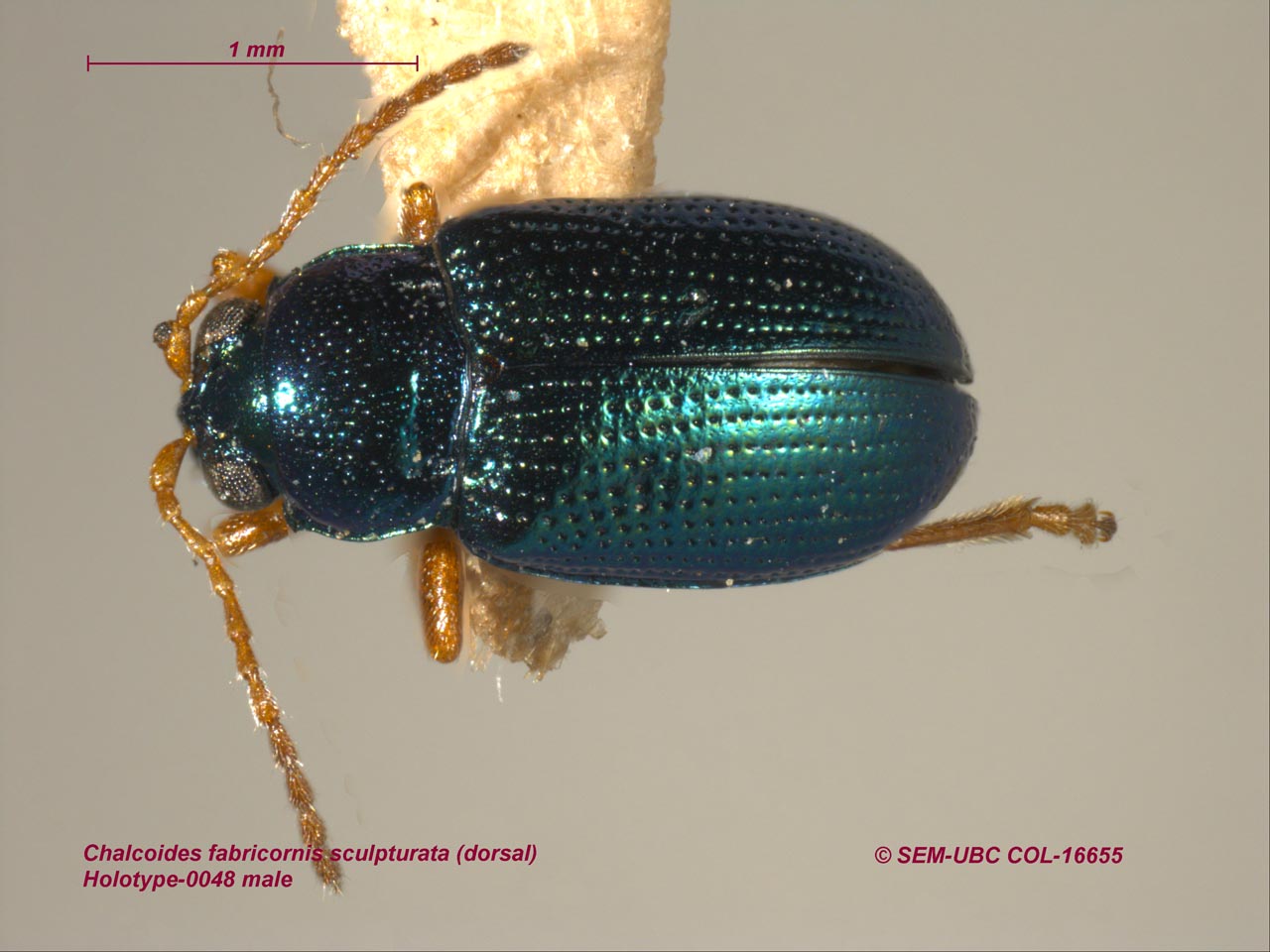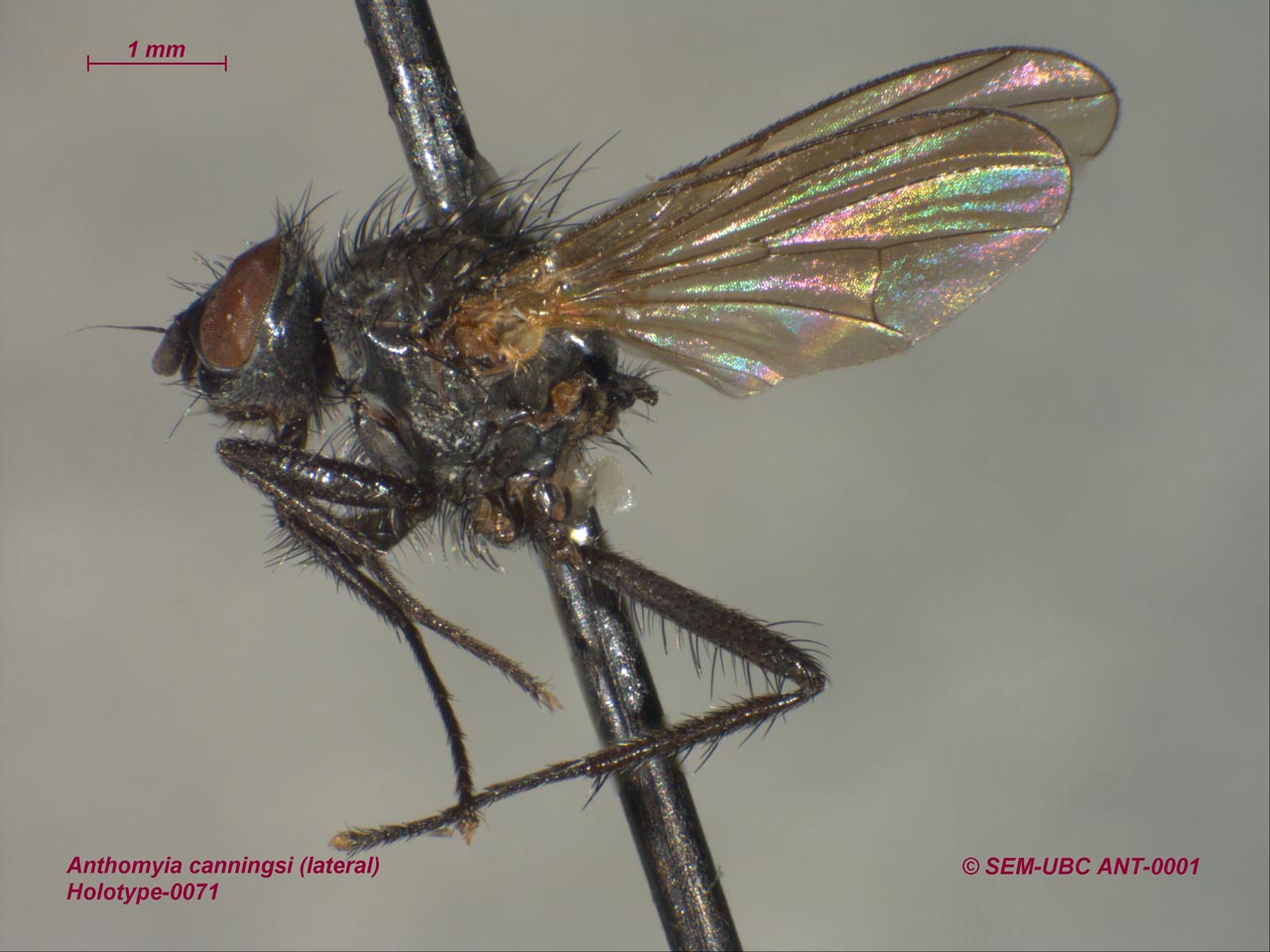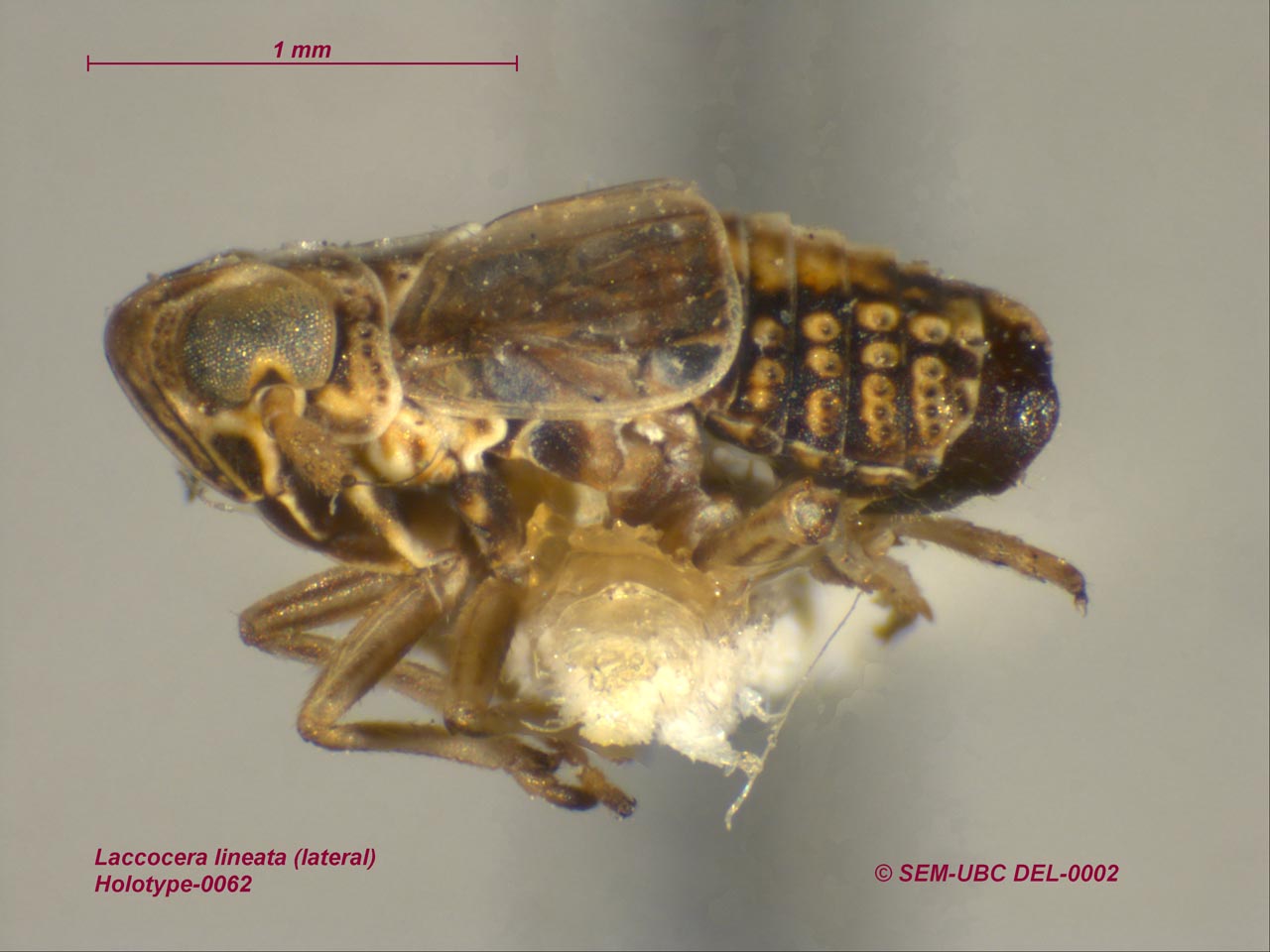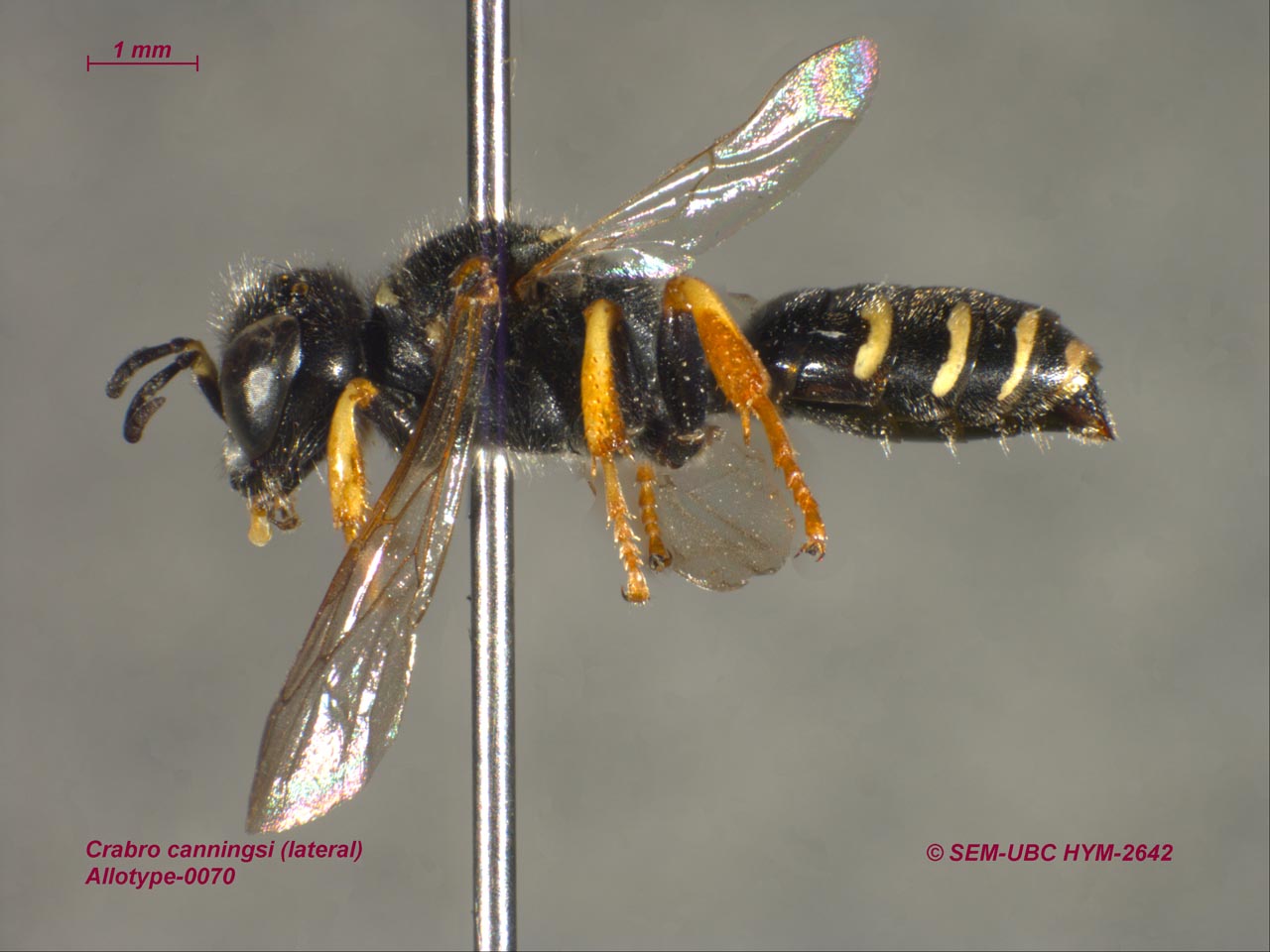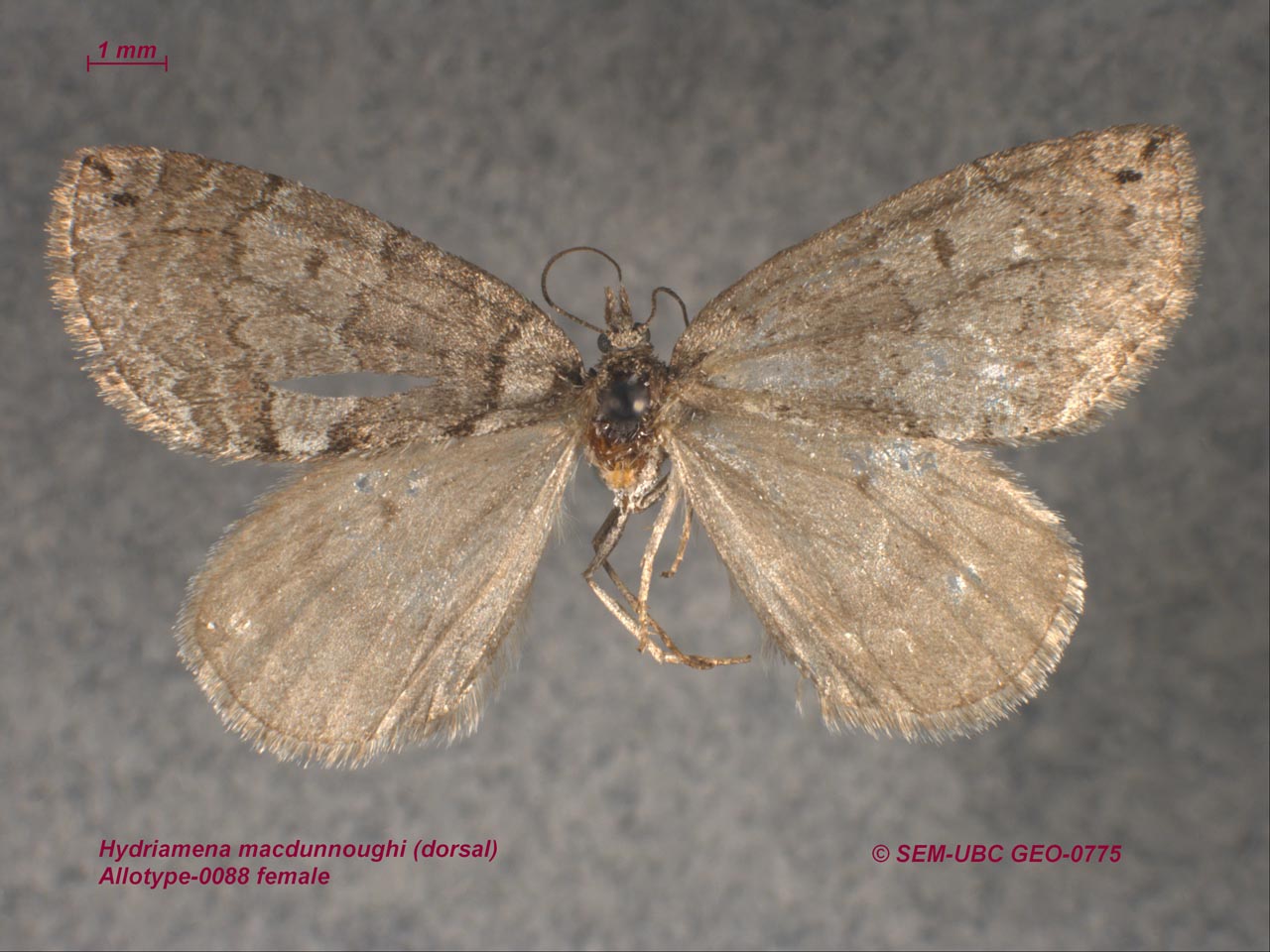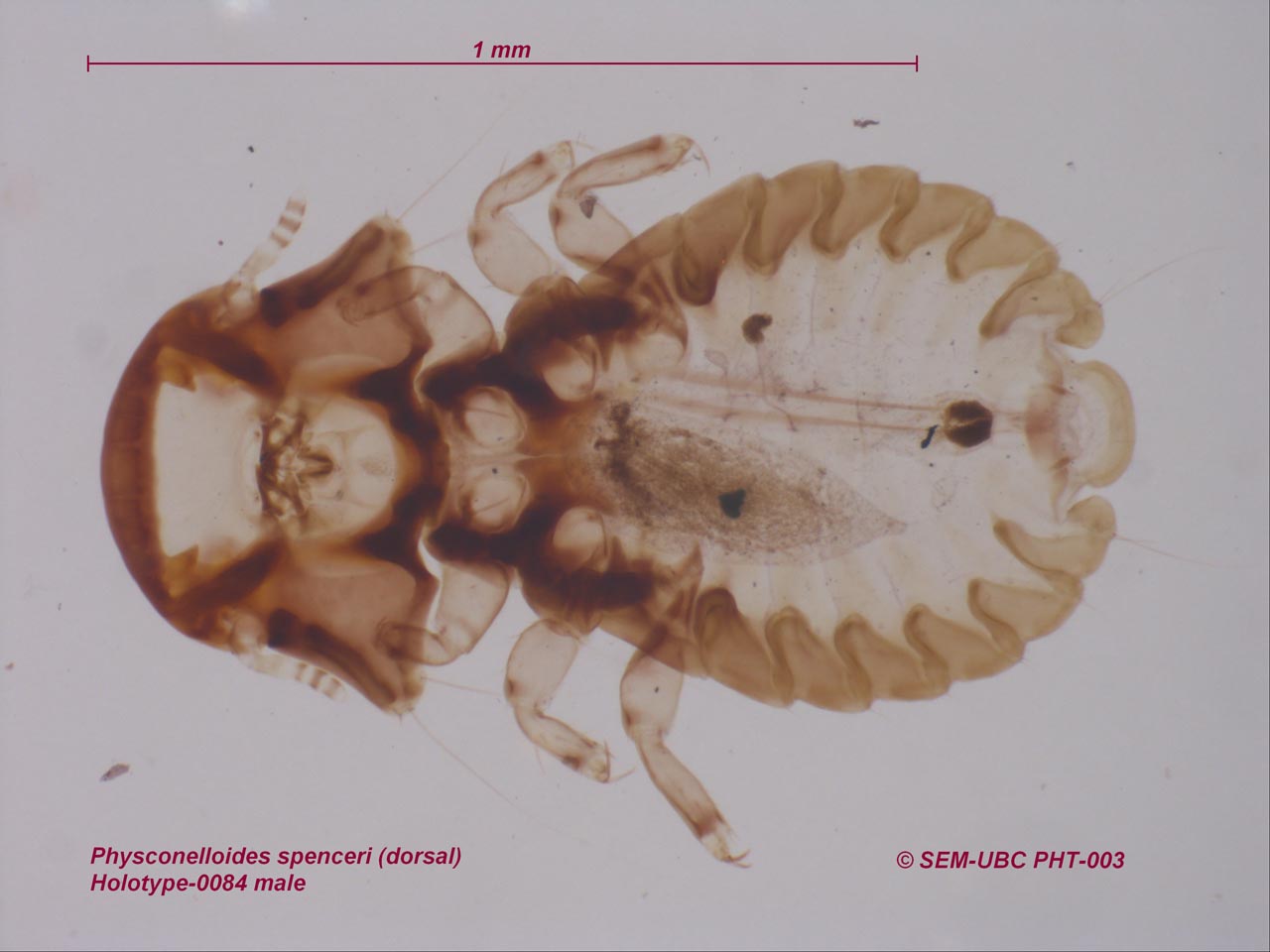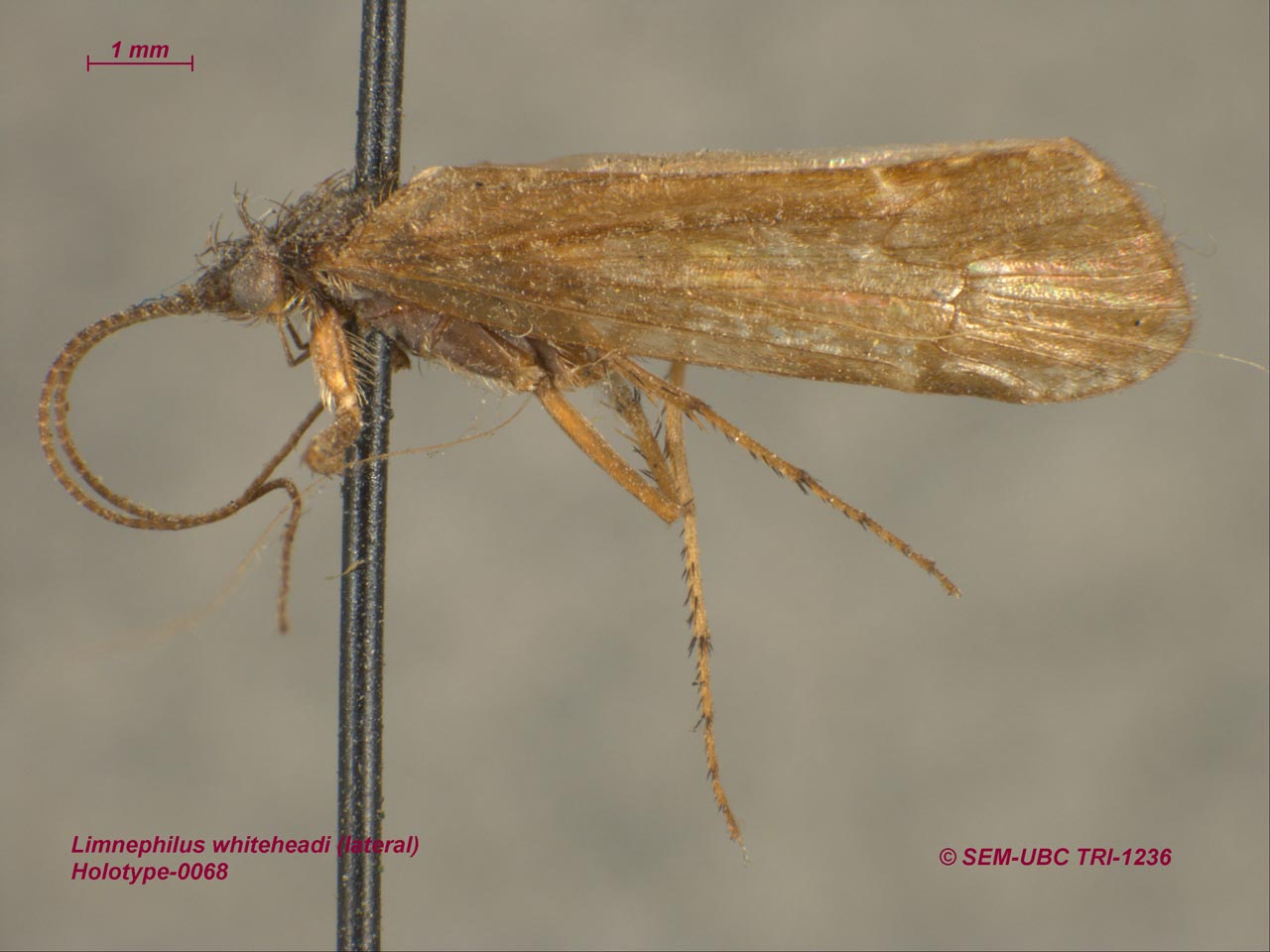Type Collection
Holotypes & Allotypes deposited at the Spencer Entomological Collection
The Importance of Type Specimens
Nothing is more exciting to an entomologist than looking through the microscope and seeing something that perhaps no one else has ever seen - a new species! After the thrill subsides, the hard work begins. First, one must examine material from other collections and check with experts in that family or genus to make sure that the specimen indeed represents something new to science. Then, a single specimen (or two if you have a female and a male) must be designated as the type. The first specimen designated is known as the holotype and the second specimen of the opposite sex is the allotype. If there are other specimens of the new species besides these, they can be designated as paratypes.
Next, a detailed description of the new species must be written and a scientific illustration rendered or digital photographs taken. The description and images must then be accepted for publication in a peer-reviewed journal - this is the final step in the new species being "introduced" to the scientific community and the new scientific name coming into official use. Sometimes this process can take years, or even decades, to complete.
Types specimens are usually deposited in a government or university collection for safe keeping, and the location of the type is listed in the published species description. Types are considered the most valuable specimens a collection holds, not only because they represent the first record of a new species but, if you think about it, they are also the only specimen of a species identified with 100% certainty. All other specimens thought to be of that species are ever after compared to the type, usually indirectly via the use of identification keys and guides. A determination is thus given based on a combination of the original species description and other characters recognized thereafter, as more specimens of this new species are discovered and examined.
Today, in every insect collection across the world, specimens of new species that were perhaps collected decades or even centuries ago are sitting and waiting for the right person to come along and recognize them for what they are. And every time one goes insect collecting the possibility exists for the discovery of a new species, too, because to date only about 1 million insect species have been described of the perhaps 30 million species out there. Ultimately, it is this thrill of discovery and our desire to understand the natural world around us that keep us going out there with nets in hand, and then rushing back to the lab to see what thrill awaits under the lens of the microscope.
